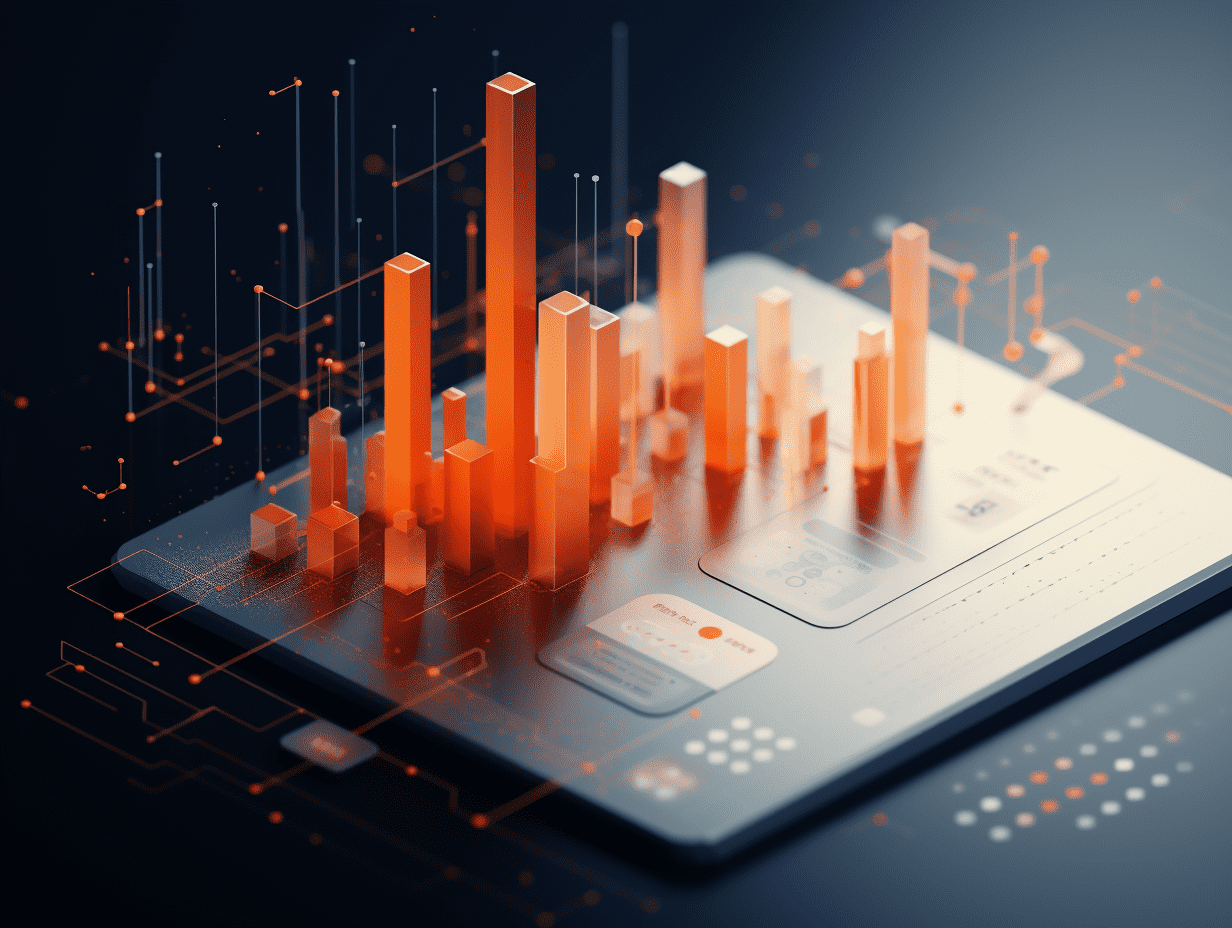Japanese physical gold ETF premium soared! The enthusiastic pursuit of investors has sparked concerns of a severe pullback.
Investors' crazy pursuit of gold has driven the price of Japan's largest physical gold ETF to record levels, even exceeding the value of its underlying assets.
Investors' feverish pursuit of gold has driven the price of Japan's largest physical gold ETF to record levels, even surpassing the value of its underlying assets. This highlights the potential risks that investors face in volatile markets.
At the beginning of this week, the premium for the Japanese physical gold ETF - the only fund in Japan backed by locally stored gold - reached as high as 16% relative to its Net Asset Value (NAV). Despite the Tokyo Stock Exchange drawing attention to the ETF's net value last Friday, the ETF continues to trade at a high premium.
Market concerns have been exacerbated by the fact that the price of spot gold experienced its largest single-day drop in over 12 years on Tuesday, prompting some analysts to warn that the uptrend of the ETF may reverse. Satoru Yoshida, a commodity analyst at Rakuten Securities, stated that if the gold market continues to weaken, "retail investors may collectively sell off", thereby increasing the risk of significant losses. Following the 6.3% plunge in spot gold prices on Tuesday, the ETF price fell as much as 11% on Wednesday.
Data shows that the premium of this Japanese physical gold ETF, with a size of about 1.25 trillion yen (approximately $82 billion), has expanded to the highest level among similar funds globally. Meanwhile, other international physical gold ETFs with similar structures - such as the Goldman Sachs Physical Gold ETF, Abrdn Physical Gold ETF, and BlackRock iShares Physical Gold ETF - have not deviated by more than 4% from their net asset values in the past decade.
Kei Okazaki, Senior Manager of the ETF Market Development Department at the Tokyo Stock Exchange, stated, "The linkage between ETF prices and the gold market has decreased, and the phenomenon of investors buying at high prices is indeed concerning."
Some analysts believe that, over the longer term, the overall bullish trend in gold will continue to support the performance of the Japanese physical gold ETF. In fact, by Wednesday afternoon, the fund's decline had rapidly narrowed to about 7%.
Such abnormal trading activity reflects a recent surge of interest in gold among Japanese retail investors, driven both by the depreciation of the yen and the suspension of gold sales by domestic retailers. Some analysts have pointed out that these factors have accelerated the flow of funds into gold ETFs. Satoru Yoshida of Rakuten Securities stated that the depreciation of the yen has led investors to anticipate higher returns in USD-priced gold.
It is worth noting that the popularity of this fund is partly due to the fact that investors can convert their ETF holdings into physical gold by paying a certain fee. When the trading price of the Japanese gold ETF is higher than its net value, Mitsubishi Corporation, the issuer, will purchase physical gold, while securities firms sell new fund units in the market, typically leading to a narrowing of the premium.
However, a representative of a Mitsubishi Corporation subsidiary responsible for precious metal procurement stated that, although the company is currently procuring gold from both domestic and foreign sources, it is currently "struggling to keep up with the soaring demand and rapidly rising prices." Satoshi Harada, a researcher at NLI Research, pointed out: "Since retail investors still have difficulty in directly obtaining physical gold, there are currently no signs of the ETF's price and net value disparity rapidly converging."
Related Articles

The new framework of the Federal Reserve "eases restrictions" on Wall Street, significantly loosening capital requirements for large banks.

The first company relocation application in Hong Kong has been approved, and CNPC International Investment (Hong Kong) subsidiary has received the relocation certificate.

Hong Kong Commerce and Industry Bureau: As of the end of September, the total number of local companies and non-Hong Kong companies registered under the Companies Ordinance has reached a record high.
The new framework of the Federal Reserve "eases restrictions" on Wall Street, significantly loosening capital requirements for large banks.

The first company relocation application in Hong Kong has been approved, and CNPC International Investment (Hong Kong) subsidiary has received the relocation certificate.

Hong Kong Commerce and Industry Bureau: As of the end of September, the total number of local companies and non-Hong Kong companies registered under the Companies Ordinance has reached a record high.

RECOMMEND

Why European Automakers Are Opposing Dutch Sanctions
20/10/2025

Domestic Commercial Rockets Enter Batch Launch Era: Behind the Scenes a Sixfold Cost Gap and Reusability as the Key Breakthrough
20/10/2025

Multiple Positive Catalysts Lift Tech Stocks; UBS Elevates China Tech to Most Attractive, Citing AI as Core Rationale
20/10/2025


